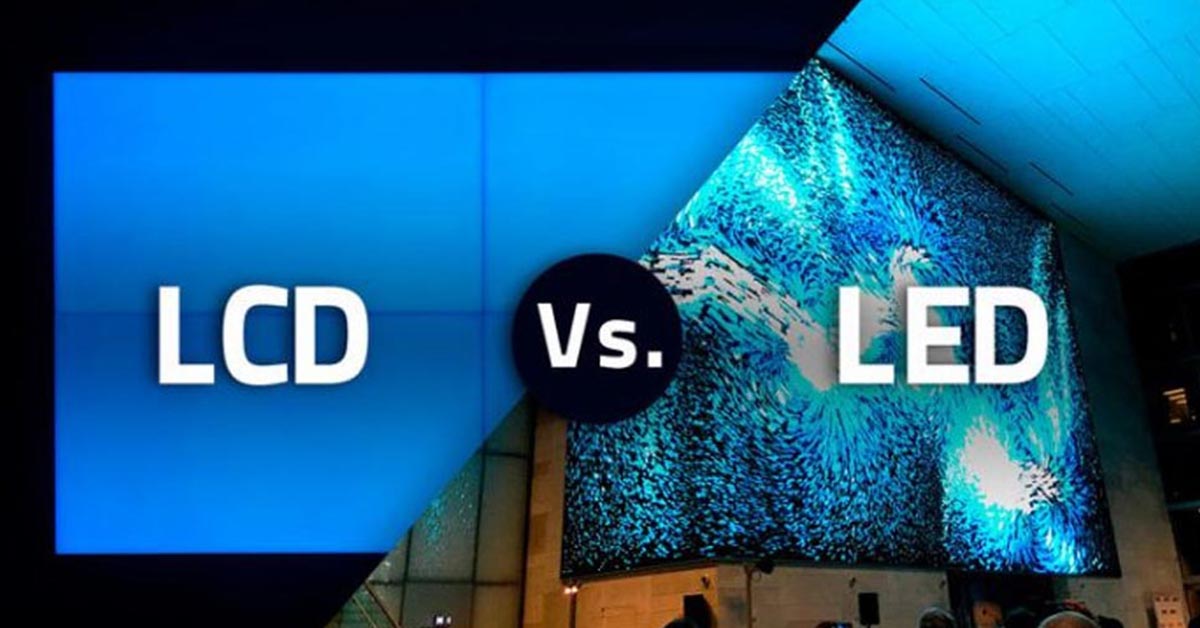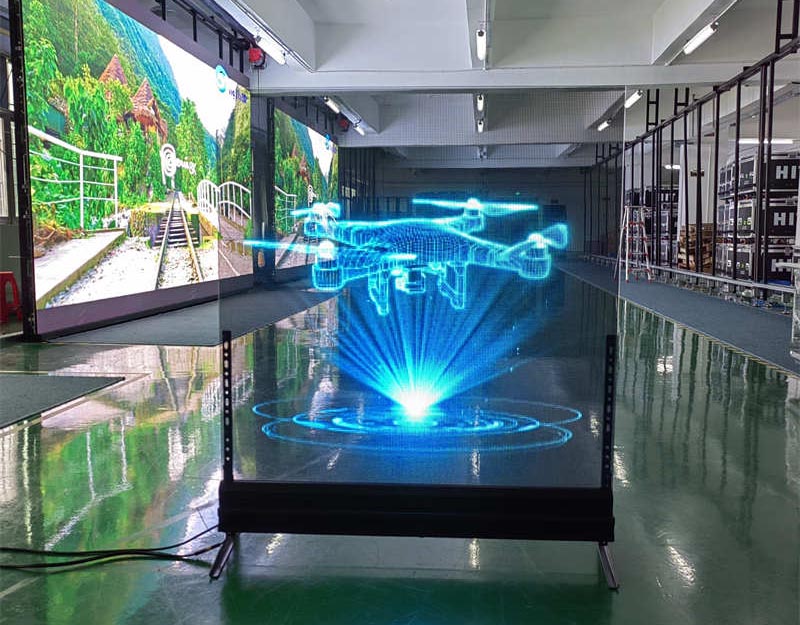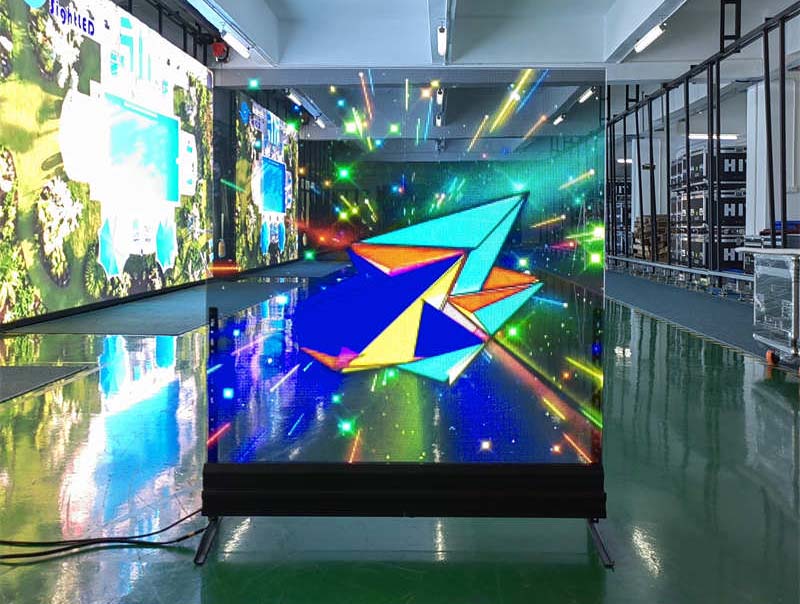

When the sun is high and its rays pour through storefront windows, you might wonder: are transparent LED screens visible in sunlight? The answer isn’t a simple yes or no—it depends on design, brightness, coatings, and smart controls. I’ve walked through streets, seen my reflection in shop windows, and paused at screens lit from behind. Over time, I’ve learned that the trick lies in making these see-through advertising screens bold enough to shine yet subtle enough to blend with daylight. Let’s explore how this balance is struck and why it transforms retail facades and public spaces.
Imagine a transparent LED screen like a canvas on glass. Indoors, 800–2,500 nits can present vibrant visuals. But once that canvas faces the sun, it needs muscle—think high brightness transparent screen with 5,000–10,000 nits. These levels ensure your glass LED screen competes with sunlight, not cower behind it. The key: brightness per square meter combined with pixel contrast helps keep images crisp even when midday glare kicks in.
ok1.png)
Some of the most effective systems include on-board light sensors and adaptive circuitry. For example, advanced models in places like Dubai and Singapore use quad-sensor arrays that sample ambient light thousands of times per second and tweak brightness within 0.01 milliseconds. These “smart brightness” systems maintain around 90% visibility at noon compared to just 37% without the tech. So, your transparent LED screen stays clear, whether under clouds or scorching sun.
No matter how bright a screen is, glare can wash it out. That’s why anti-reflective coatings are essential. Next-gen screens use nano-structured layers that cut surface reflectivity down to 0.08%—that’s below what the human eye naturally reflects (about 2%). Combine that with ultra-clear glass panels on your façade and suddenly your digital signage for storefront window feels almost invisible when off and stands out with purpose when lit.

Whether it’s a transparent LED screen behind glass in a mall or a digital screen behind glass in a boutique, these screens are designed for sunlight. Products like Spectra-Color offer 5,500 nits’ brightness with up to 90% transparency for poster-sized units—perfect for fashion windows or cafés. On larger canvases—think building façades—IP‑rated LED mesh can reach 7,000–10,000 nits and 65–70% transparency, surviving rain, wind, and glare while keeping interior light flowing.
Several design elements (often working together) make transparent LED screens shine in daylight:
Brightness & Contrast: Outdoor screens need 5,000+ nits, indoor 800–2,500. Darkness is as important as brightness for readability in sunlight.
Anti-Reflective Coatings: Nanotech coatings prevent harsh sheen or ghosting—keeping visuals crisp, not washed out.
Auto-Brightness Control: Smart sensors ensure visuals remain clear from sunrise to sunset.
Weatherproof Design: IP-rated frames and UV-resistant LEDs stand up to harsh conditions.
Maintenance Made Easy: Removable LED modules help troubleshoot without replacing whole units.
If you’ve ever glanced into a tech boutique or luxury store and seen floating product visuals, that’s no accident—it’s high-brightness interactive transparent display technology at work. These installations, often built in tandem with transparent screen installation, create lasting impressions, boost foot traffic, and signal a brand’s commitment to innovation. And they don’t turn off when the sun comes—or when imagination strikes.

When sourcing or installing transparent LED, remember these specs:

Retail leaders have embraced luxury store digital signage and transparent screen for hotels, using these displays as immersive brand statements. Malls add transparent LED signage for malls along atriums for an open but branded experience. Brands hosting pop-ups or trade fairs often rent transparent screen units in cities like Los Angeles to create high-visibility hooks at scale. The result: engagement, social media buzz, and ROI that lights up the bottom line.
So, are transparent LED screens visible in sunlight? Absolutely—but only when thoughtfully engineered. Their strength is not just in pixel count, but in how they adapt, resist glare, and harmonize with daylight. If designed right—boldly bright, cleverly coated, smartly controlled—these screens won’t hide; they’ll beckon.
Thinking of upgrading to a transparent LED display, or want help choosing between LED and OLED sunlight setups? I’d be thrilled to guide you through brightness specs, supplier contacts, and content ideas that stay brilliant, rain or shine.